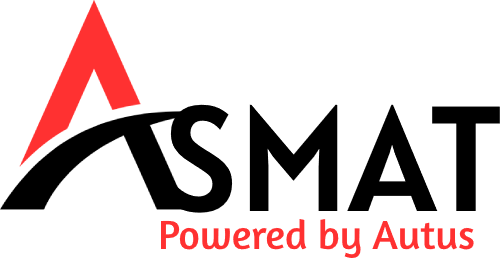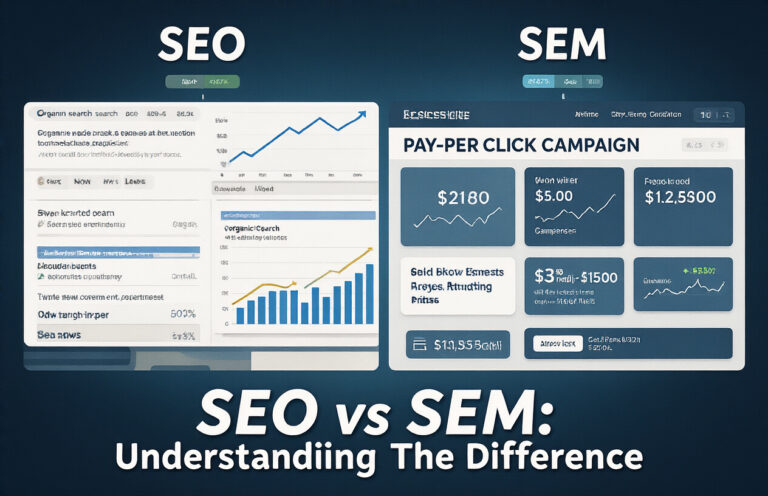
What Is the Difference Between SEO and SEM?
Confused about SEO and SEM? You’re not alone. This guide helps business owners and digital marketers understand how these two digital marketing strategies differ and work together. We’ll explore the fundamentals of SEO versus SEM, dive into organic search techniques, and show you when to use paid search campaigns for maximum ROI. Let’s clear up the confusion and help you make smarter marketing decisions.
Defining SEO and SEM: Understanding the Fundamentals
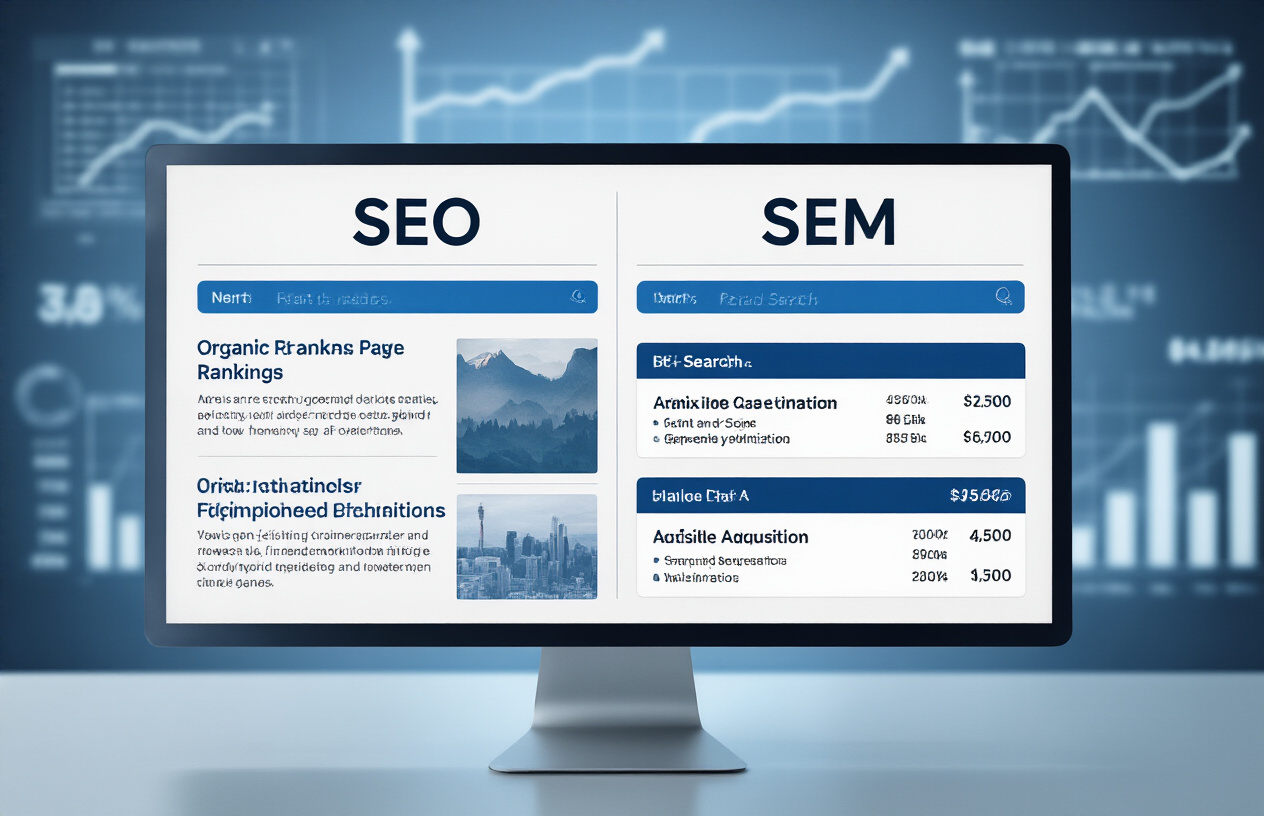
What is SEO? A Clear Definition and Purpose
SEO stands for Search Engine Optimization – but what does that actually mean for your business?
It’s the process of tweaking your website to rank higher in organic (non-paid) search results on Google and other search engines. The goal? Get more eyeballs on your content without paying for clicks.
Think of SEO as making your website speak the same language as search engines. When someone types “best coffee shops in Chicago,” you want your coffee shop to show up naturally in those results.
SEO involves:
- Researching keywords your audience actually uses
- Creating valuable content that answers their questions
- Building a technically sound website that loads quickly
- Earning backlinks from other reputable sites
- Optimizing your site structure and metadata
The beauty of SEO is that once you’ve put in the work, you can enjoy a steady stream of visitors without paying per click. It’s like building a highway to your business instead of paying for each car that arrives.
What is SEM? Breaking Down Paid Search Marketing
SEM (Search Engine Marketing) is all about getting visibility through paid advertisements in search results. Unlike SEO’s organic approach, SEM is pay-to-play.
The most common form of SEM is PPC (Pay-Per-Click) advertising, where you bid on keywords and pay only when someone clicks your ad. Google Ads is the heavyweight champion in this arena.
With SEM, you get:
- Immediate visibility (unlike SEO’s longer timeline)
- Precise targeting options (location, time, device, etc.)
- Control over your budget and messaging
- Detailed performance data
- The ability to test and adjust campaigns quickly
As experts at ASMAT point out, tracking your performance across both organic and paid search is crucial for understanding your overall search presence.
The Digital Marketing Ecosystem: Where SEO and SEM Fit
SEO and SEM aren’t isolated tactics – they’re key players in a broader digital marketing game.
Here’s how they fit into the bigger picture:
| Strategy | Timeline | Cost Structure | Primary Benefit |
|---|---|---|---|
| SEO | Long-term | Upfront investment | Sustainable traffic |
| SEM | Immediate | Ongoing payment | Instant visibility |
Most successful businesses don’t choose between SEO and SEM – they use both strategically. SEO builds your foundation while SEM gives you quick wins and helps you test what works.
These strategies also complement other marketing channels:
- Content marketing feeds your SEO efforts
- Social media can amplify both organic and paid content
- Email marketing can retarget users who found you through search
The smartest approach? Understand how people search for your products or services, then create a strategy that leverages both SEO and SEM to meet them at different stages of their journey.
Core Differences Between SEO and SEM
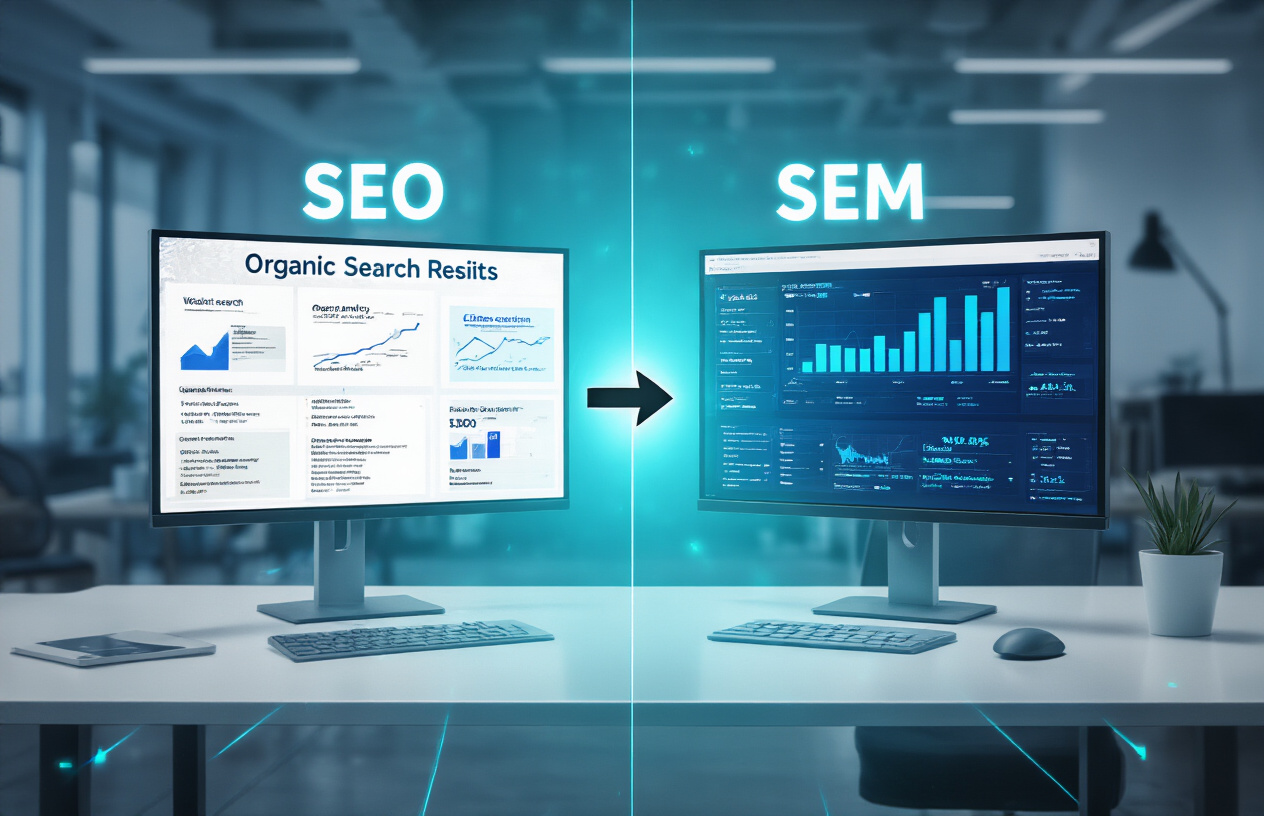
Organic vs. Paid Traffic Acquisition
Search engines have two main results sections – the organic listings and the paid ads. This is the most fundamental difference between SEO and SEM.
SEO focuses exclusively on earning those natural, unpaid spots in search results. You’re working to convince Google your content deserves to rank based on its quality, relevance, and authority.
SEM, on the other hand, revolves around those “Sponsored” listings at the top of search results. You’re essentially buying visibility through pay-per-click advertising.
Think of it this way: SEO is about earning your place, while SEM is about buying your spot.
Timeline: Immediate Results vs. Long-Term Strategy
Need traffic yesterday? That’s what SEM excels at. Launch a campaign today, and you could have visitors within hours.
SEO plays the long game. It typically takes 3-6 months to see meaningful results from your optimization efforts. But once you build that organic authority, it keeps delivering traffic without the per-click costs.
As the team at ASMAT points out, tracking your organic rankings over time is crucial to measure SEO progress.
Cost Structures and Budget Considerations
SEO costs center around:
- Content creation
- Technical website improvements
- Link building activities
- Ongoing optimization
SEM costs are more straightforward:
- Direct ad spend (you pay per click)
- Management fees or time
- Creative development
SEO requires upfront investment with diminishing costs over time, while SEM demands consistent spend to maintain visibility.
Control and Predictability Factors
SEM gives you incredible control. You decide:
- Exactly which keywords trigger your ads
- Your daily budget ceiling
- Geographic targeting
- When ads run
SEO offers less predictability. Algorithm updates can shift rankings overnight. You’re playing by Google’s rules, which change regularly.
The math is simple: SEM provides predictable, controllable results at a consistent cost, while SEO offers potentially higher ROI but with less certainty and control.
SEO Deep Dive: Mastering Organic Search
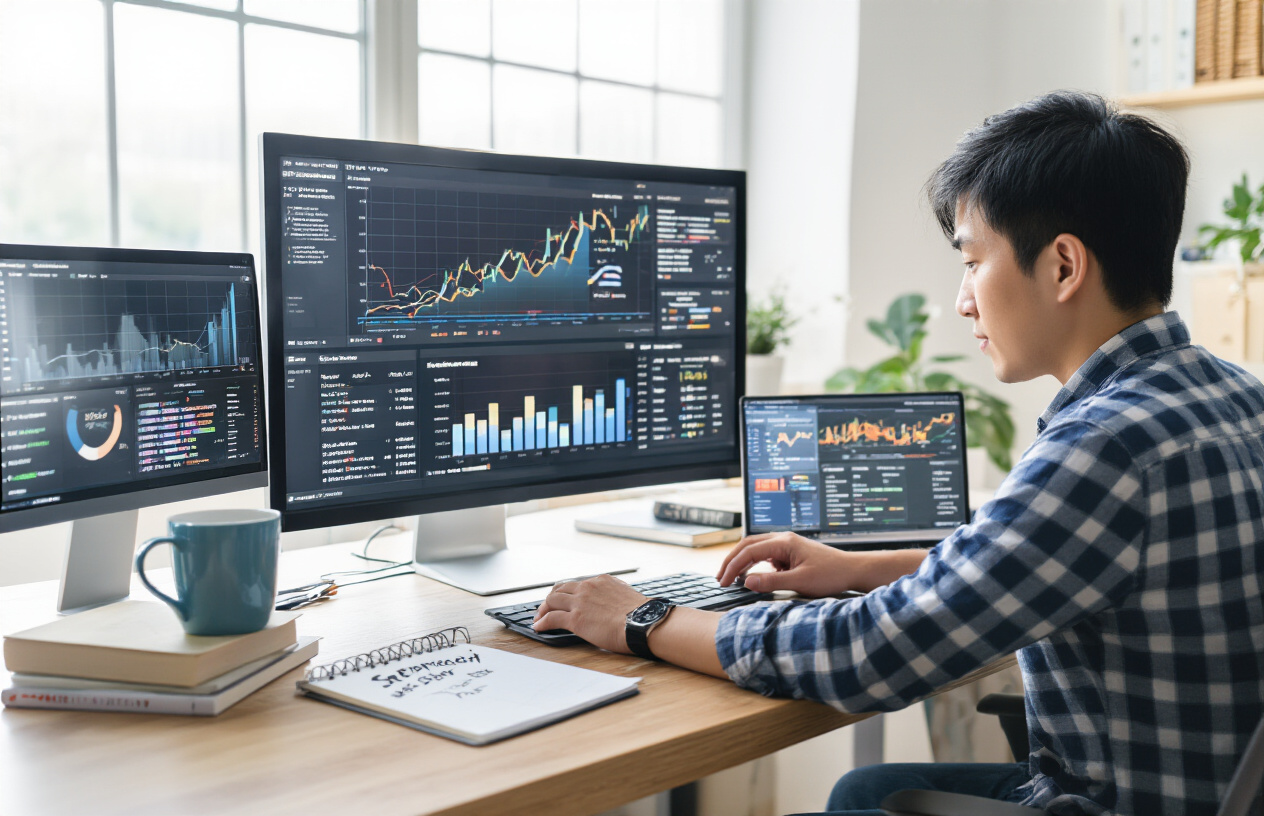
A. On-Page SEO Tactics That Drive Rankings
On-page SEO is where you have the most control. It’s the foundation that everything else builds on.
First, nail your keyword research. Don’t just chase high-volume terms—find the ones your audience actually uses. Then place these keywords strategically in:
- Title tags (keep them under 60 characters)
- H1, H2, and H3 headings
- First 100 words of content
- Image alt text
- Meta descriptions
But here’s the thing—keyword stuffing doesn’t work anymore. Google’s smart enough to see through that. Instead, focus on creating content that naturally incorporates semantic variations.
User experience matters too. A clean, intuitive site structure helps both visitors and search engines understand your content. Break up text with subheadings, bullet points, and images to improve readability.
B. Off-Page SEO: Building Authority Through Links
Links are like votes of confidence from other websites. The more quality sites pointing to yours, the more Google trusts you.
But not all links are created equal. One link from an authoritative site in your industry trumps dozens from random blogs. Quality beats quantity every time.
How do you earn these valuable backlinks?
- Create link-worthy content (studies, guides, tools)
- Guest posting on respected industry sites
- Building relationships with influencers
- Participating in relevant online communities
- Fixing broken links on other websites
Avoid buying links or participating in link schemes. They might work short-term, but the penalties can crush your rankings.
C. Technical SEO: Site Performance and Crawlability
Technical SEO is the behind-the-scenes work that makes your site friendly to search engines.
Speed is critical. Every second your page takes to load costs you visitors. Compress images, leverage browser caching, and consider AMP for mobile pages.
Your site structure should help search engines crawl and understand your content:
- Create a logical hierarchy with categories and subcategories
- Implement a clean URL structure
- Use internal linking to connect related content
- Submit an XML sitemap to Google Search Console
- Check for crawl errors regularly
Mobile optimization isn’t optional anymore. Google uses mobile-first indexing, so your site must perform flawlessly on smartphones.
D. Content Strategy for SEO Success
Content isn’t just king—it’s the whole kingdom. Without quality content, other SEO efforts fall flat.
Focus on creating comprehensive resources that answer your audience’s questions completely. The days of 300-word blog posts are gone. Detailed, authoritative content consistently outperforms thin content.
A smart content strategy includes:
- Content clusters around pillar topics
- Regular content audits to update outdated material
- A mix of content types (how-tos, listicles, case studies)
- Strategic internal linking between related articles
- Schema markup to help search engines understand your content
Don’t forget about user intent. Are people looking for information, wanting to buy something, or trying to find a specific website? Your content should match their goals.
E. Measuring SEO Performance: Key Metrics to Track
If you’re not measuring, you’re just guessing. Track your Google rankings regularly to see how your efforts are paying off.
Beyond rankings, focus on these critical metrics:
- Organic traffic (total visitors and by landing page)
- Conversion rate from organic visitors
- Bounce rate and time on page
- Page load speed
- Core Web Vitals
- Backlink profile growth
- SERP click-through rate
Set up Google Search Console and Google Analytics properly. They’re free and provide invaluable insights into how users find and interact with your site.
Remember to track metrics over time, not just in snapshots. SEO is a marathon, not a sprint, and improvements often happen gradually.
SEM Essentials: Maximizing Paid Search Campaigns
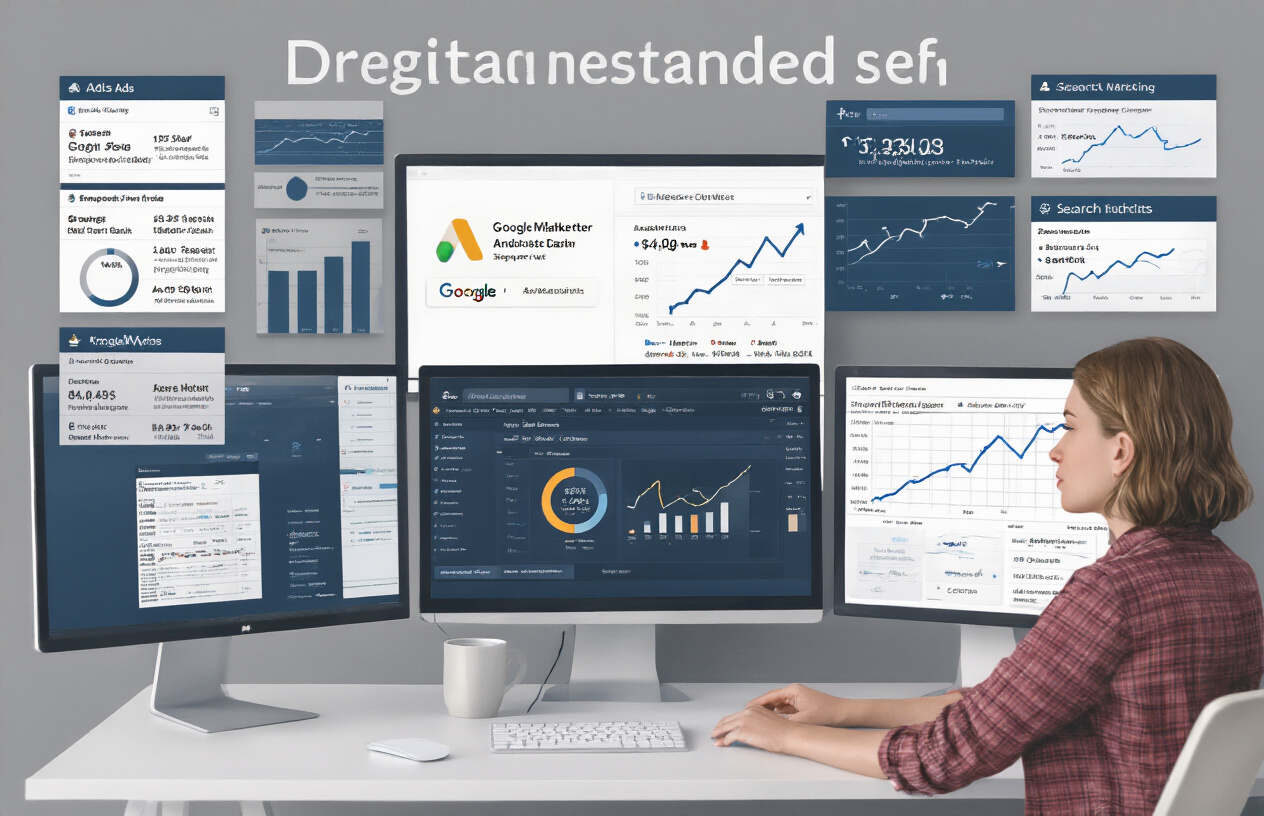
PPC Campaign Structure and Best Practices
Want to stop wasting your ad budget? Start with a solid PPC campaign structure.
Your campaigns should be organized into targeted ad groups based on themes or products. Think of it like sorting your closet – everything has its place, making it easier to find what works.
Keep your ad groups tight with 5-20 keywords max. This isn’t a “more is better” situation. Focused groups mean more relevant ads, which Google rewards with better positions and lower costs.
Account structure should follow this hierarchy:
- Campaigns (based on goals or product lines)
- Ad groups (grouped by theme)
- Keywords
- Ads
For best results:
- Split campaigns by device type when performance differs significantly
- Create separate campaigns for different locations if you’re targeting multiple regions
- Use ad extensions to maximize your real estate on the search results page
- Review and adjust your campaigns weekly, not monthly
Keyword Bidding Strategies That Save Money
Bidding on keywords without a strategy is like shopping hungry – you’ll overspend.
Smart bidding starts with understanding keyword match types. Broad match might bring volume but often burns through budgets. Exact match costs more per click but delivers higher-quality traffic.
Try these money-saving tactics:
- Bid on long-tail keywords (they’re cheaper and more specific)
- Use negative keywords aggressively to filter out irrelevant searches
- Implement bid adjustments based on device, location, and time of day
- Start with manual bidding until you gather enough data
Don’t set and forget your bids. Check your rankings regularly to understand how bid changes affect your visibility.
Ad Copy Optimization for Higher Click-Through Rates
The brutal truth? Nobody cares about your ad unless it speaks directly to their problem.
Your headline needs to grab attention in 3 seconds or less. Include your main keyword and a compelling value proposition.
For description lines, focus on:
- Specific benefits (not vague features)
- Numbers and stats that prove your point
- Urgency elements that prompt action
- Clear calls-to-action that tell people exactly what to do next
Test multiple ad variations simultaneously. Let the data tell you what works, not your gut feeling.
And please, make sure your ads match your landing page message. Nothing kills conversions faster than a disconnect between what you promise and what you deliver.
Landing Page Conversion Tactics
Your landing page has one job: convert visitors into leads or customers.
Keep it simple. One clear headline, one main offer, one call-to-action. Multiple options create confusion, and confused visitors don’t convert.
Speed matters more than you think. Every second your page takes to load costs you money. Pages that load in 2 seconds convert at nearly double the rate of pages that take 5 seconds.
Essential elements for high-converting landing pages:
- Clear, benefit-focused headline
- Short form with minimal required fields
- Trust indicators (testimonials, reviews, security badges)
- Mobile optimization (over 50% of searches happen on mobile)
- Fast load time
- Strong, contrasting CTA button
Remove navigation menus and other exit points. You want visitors focused on one action only.
Test elements systematically. Change one thing at a time so you know exactly what impacts your conversion rates.
Strategic Integration: When and How to Use Both SEO and SEM
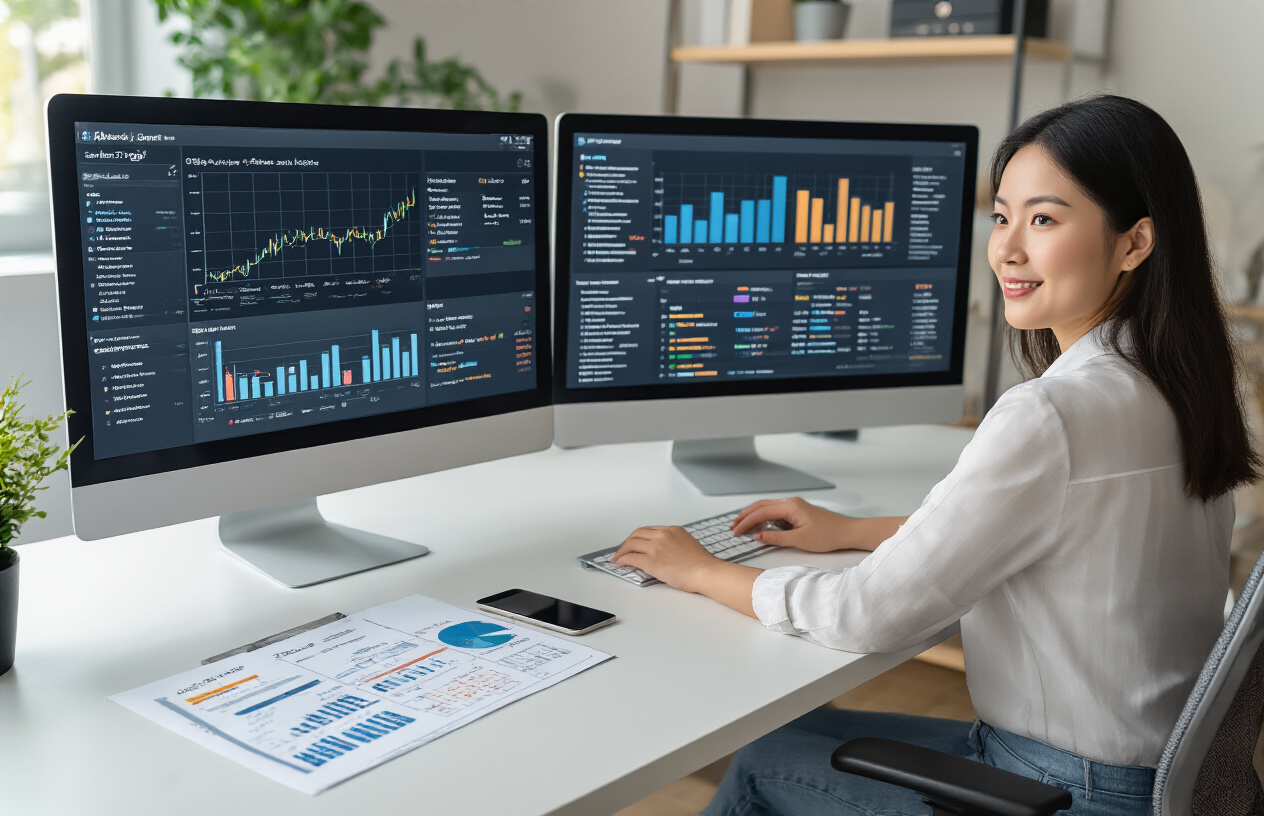
A. Business Goals That Determine Your Approach
Your business goals directly impact whether you should lean more toward SEO, SEM, or both. Need immediate visibility for a product launch? SEM gets you there fast. Building a long-term brand? SEO creates lasting value.
Truth is, most businesses need both. If you’re a startup, SEM helps you get noticed while you build your SEO foundation. Established businesses often use SEO as their baseline and deploy SEM for specific campaigns or competitive products.
Ask yourself:
- Do I need traffic now or can I wait 3-6 months?
- Am I selling products directly or building brand awareness?
- What’s my customer’s buying journey like?
B. Budget Allocation Between SEO and SEM
Money talks. And where you put it matters.
For limited budgets, you’ll face tough choices. SEO requires upfront investment in content and technical work but pays dividends long-term. SEM delivers predictable results but stops working the moment you stop paying.
A balanced approach might look like:
- 60% SEO / 40% SEM for established businesses
- 40% SEO / 60% SEM for new businesses
- 30% SEO / 70% SEM for seasonal or event-driven businesses
C. Industry-Specific Considerations
Different industries have vastly different search landscapes. In highly competitive fields like insurance or legal services, the cost per click for SEM can be astronomical, making solid SEO crucial.
E-commerce businesses often find success with a mixed approach – using tools to track Google rankings for organic visibility while running product-specific ads.
B2B companies with longer sales cycles typically benefit more from content-rich SEO strategies that establish authority.
D. Seasonal and Competitive Factors
Smart businesses adjust their SEO/SEM mix throughout the year. During peak seasons (think holidays for retail or tax season for accountants), ramping up SEM can capitalize on higher search volume.
When competitors launch aggressive campaigns, you might need to counter with your own SEM push while continuing to strengthen SEO foundations.
The most successful search strategies are fluid – they respond to market conditions rather than sticking to rigid formulas.
Tools and Technologies for SEO and SEM Success
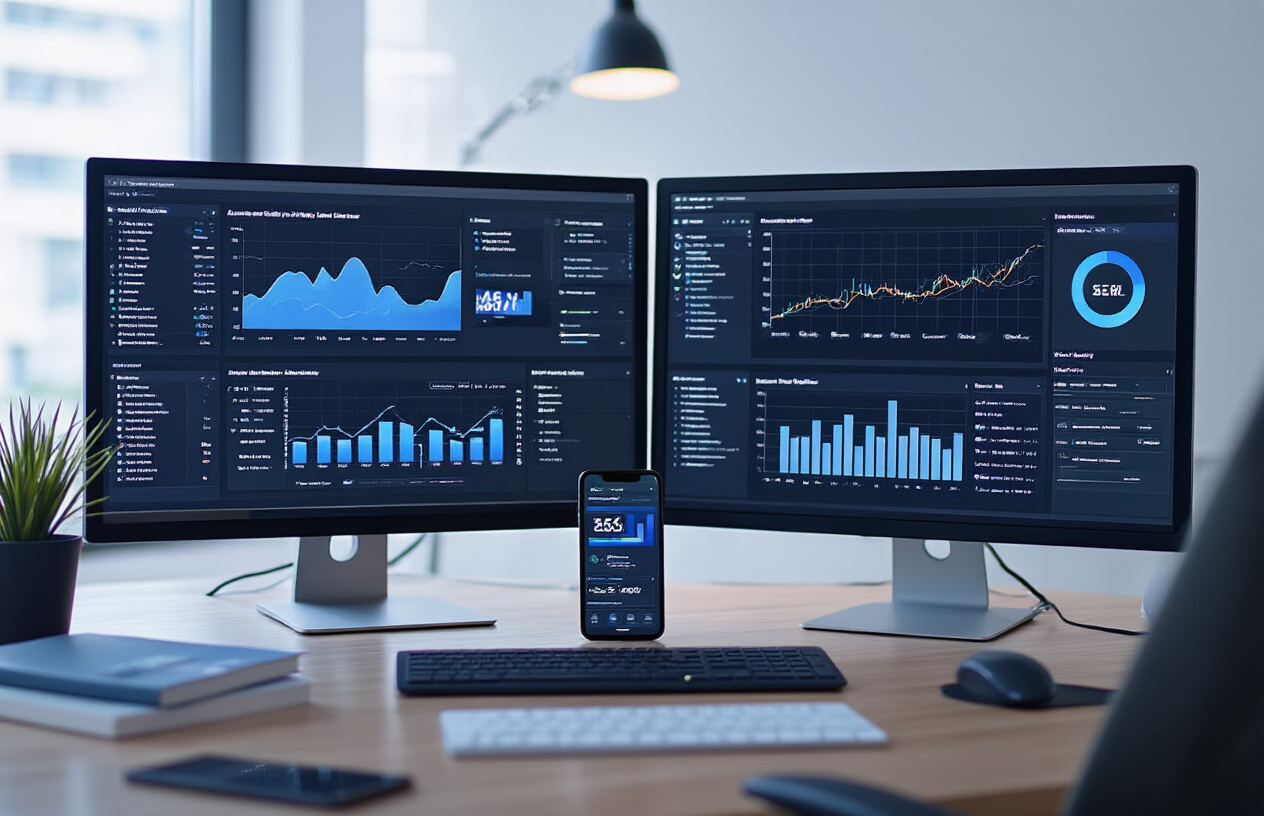
Essential SEO Tools for Analysis and Optimization
Want to dominate organic search? You need the right tools in your arsenal. Start with keyword research powerhouses like SEMrush, Ahrefs, or Moz Keyword Explorer to uncover what your audience is actually searching for.
For technical SEO, Screaming Frog SEO Spider is a game-changer. It crawls your site just like Google does, flagging issues that could be hurting your rankings.
Backlink analysis? That’s where tools like Ahrefs and Majestic shine, showing you who’s linking to your site and your competitors.
Don’t forget about on-page optimization tools like Yoast SEO or Rankmath if you’re on WordPress. They make content optimization super straightforward with real-time suggestions.
SEM Platforms and Management Solutions
PPC campaigns need robust management platforms, and Google Ads is obviously the big player here. It’s where most of your search ad budget will likely go.
For more comprehensive campaigns across multiple platforms, look into tools like Acquisio, Kenshoo, or Marin Software. They let you manage, optimize, and report on campaigns from a single dashboard.
Microsoft Advertising (formerly Bing Ads) shouldn’t be overlooked either – lower competition often means better ROI.
If you’re juggling lots of ads, consider using ad creation and testing tools like AdEspresso or Unbounce to streamline your workflow.
Analytics Tools for Tracking Performance
You can’t improve what you don’t measure. Google Rankings tracking tools help you monitor your SEO progress and understand how your positioning changes over time.
Google Analytics remains the gold standard for website performance tracking, giving you the full picture of how users find and interact with your site.
For deeper insights, Google Search Console shows exactly how Google sees your site and which queries are bringing in traffic.
Need to track conversions from both SEO and SEM in one place? Try platforms like CallRail for call tracking or HubSpot for comprehensive marketing analytics.
Custom dashboards in tools like Databox or Google Data Studio help visualize your SEO and SEM performance side-by-side, making reporting a breeze.
Future Trends Impacting SEO and SEM
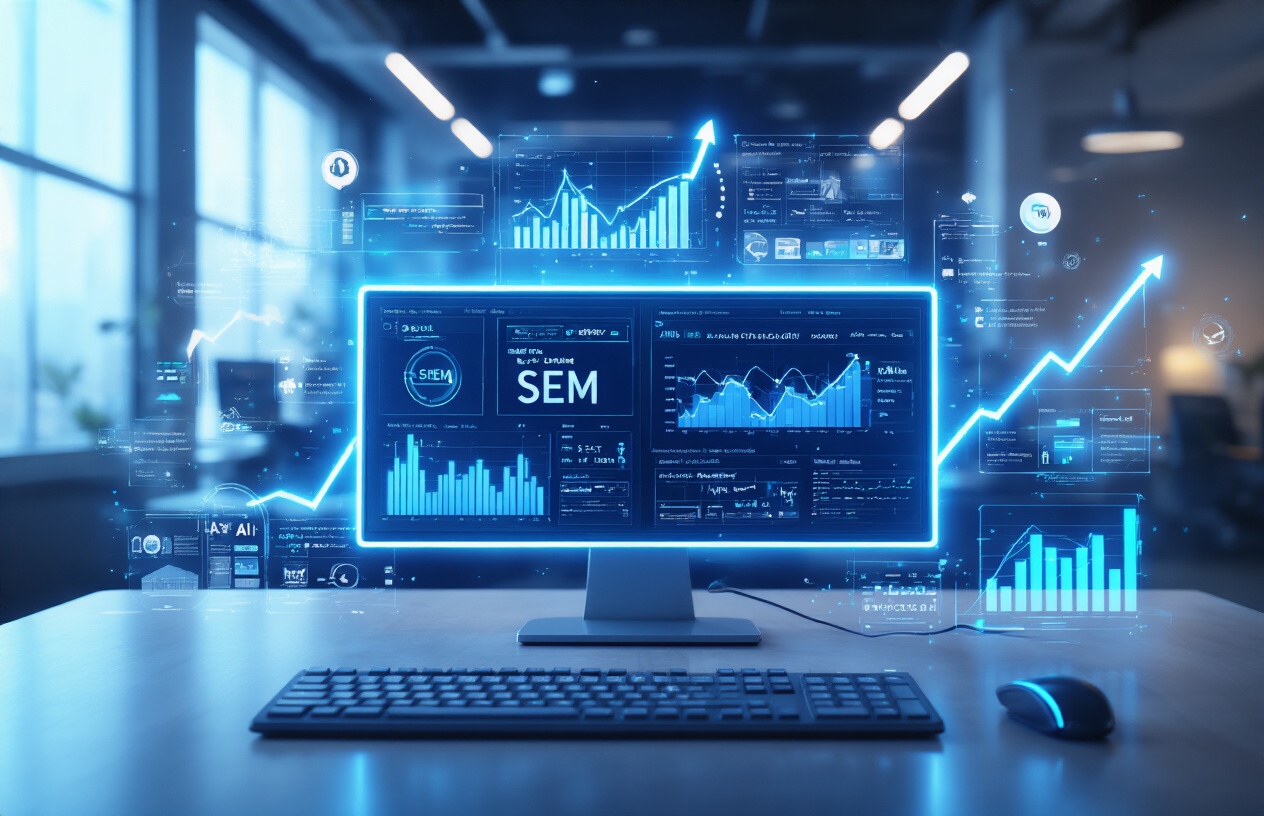
AI and Machine Learning Influences
The search landscape is getting smarter by the day. AI and machine learning are fundamentally changing how both SEO and SEM work.
Search engines now understand user intent better than ever before. Google’s BERT and MUM algorithms can interpret natural language queries with stunning accuracy. For SEO pros, this means focusing less on keyword stuffing and more on creating content that genuinely answers user questions.
SEM platforms are embracing AI too. Smart bidding strategies automatically adjust your bids based on conversion likelihood. Campaign optimization that once took hours now happens in real-time without human intervention.
What does this mean for you? The gap between SEO and SEM is narrowing. Both require understanding how AI-powered algorithms think and what they value.
Voice Search Optimization Strategies
“Alexa, what’s the difference between SEO and SEM?”
Voice searches are typically longer, more conversational, and often phrased as questions. This changes everything for search marketers.
For SEO, focus on:
- Conversational keywords and natural language
- Question-based content (who, what, when, where, why, how)
- Featured snippet optimization (position zero)
SEM practitioners need to adapt too. Voice searches rarely display ads, shifting the emphasis back to organic results. This doesn’t mean SEM is becoming obsolete—just that the battleground is changing.
Visual Search and Its Growing Importance
See something you like? Just snap a picture and find it online.
Visual search is exploding, with platforms like Google Lens, Pinterest Lens, and Amazon’s StyleSnap leading the charge. This technology lets users search using images instead of words.
For SEO, this means:
- Optimizing image alt text becomes non-negotiable
- Image quality matters more than ever
- Product visuals need to be distinctive and clear
SEM will adapt through new visual ad formats. Shopping ads already incorporate visual elements, but expect more sophisticated options as the technology matures.
Privacy Changes Affecting Digital Marketing
The cookie is crumbling, and search marketing will never be the same.
Privacy regulations like GDPR and CCPA, plus browser changes eliminating third-party cookies, are reshaping how we track and target users. Apple’s App Tracking Transparency has already decimated some targeting capabilities.
For SEM, targeting options are becoming more limited, forcing advertisers to rely on first-party data and contextual targeting. This makes tracking Google rankings more important than ever as organic visibility becomes a privacy-friendly alternative.
SEO is less directly impacted, but still faces challenges in analytics and measurement. The silver lining? SEO might gain prominence as privacy concerns make some SEM tactics less effective.

SEO and SEM represent two powerful yet distinct approaches to improving your online visibility. While SEO focuses on organic traffic through content optimization, technical improvements, and quality backlinks, SEM offers immediate visibility through paid advertising with precise targeting and budget control. Each strategy has its unique advantages—SEO providing long-term sustainable growth and SEM delivering quick, measurable results.
The most effective digital marketing strategies don’t force you to choose between these approaches. Instead, they strategically integrate both SEO and SEM based on your business goals, timeline, and resources. As search algorithms continue to evolve and new technologies emerge, staying informed about the latest tools and trends will be crucial for maintaining your competitive edge in the increasingly complex digital landscape.
